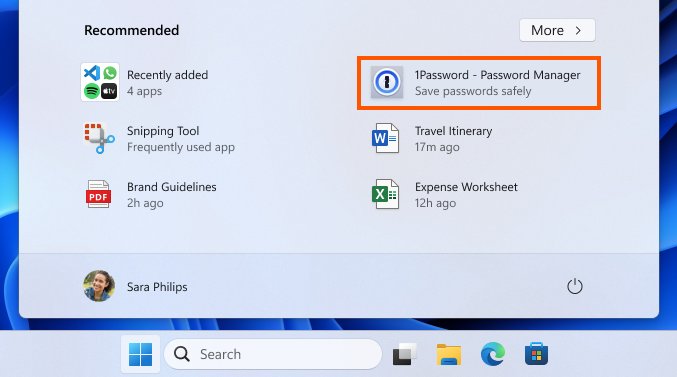Mostly directed at IT companies for obvious reasons.
According to the FBI, scammers have been using Deepfakes to interview for jobs. These scammers are mostly targeting IT companies, creating personas with a fusion of Deepfake technology and data stolen from previous victims, to try and get hired for remote jobs.
As the FBI stated in their announcement
The FBI Internet Crime Complaint Center (IC3) warns of an increase in complaints reporting the use of deepfakes and stolen Personally Identifiable Information (PII) to apply for a variety of remote work and work-at-home positions. Deepfakes include a video, an image, or recording convincingly altered and manipulated to misrepresent someone as doing or saying something that was not actually done or said.
The remote work or work-from-home positions identified in these reports include information technology and computer programming, database, and software related job functions. Notably, some reported positions include access to customer PII, financial data, corporate IT databases and/or proprietary information.
It doesn’t just stop at Deepfakes, though, as they go on to say. Many of these scammers are also utilizing voice spoofing technology to add to the masquerade.
While the FBI doesn’t exactly state why these scammers are going to all this effort to apply for these jobs, it’s not hard to intuit. After all, they do say they’re applying for jobs with access to “PII, financial data, corporate IT databases and/or proprietary information”. They want to get into the chicken coop, so to speak.
That said, while Deepfake technology is getting better and better over time, there are still ways to spot it. As the FBI goes on to say:
In these interviews, the actions and lip movement of the person seen interviewed on-camera do not completely coordinate with the audio of the person speaking. At times, actions such as coughing, sneezing, or other auditory actions are not aligned with what is presented visually.
Source: PC Mag




